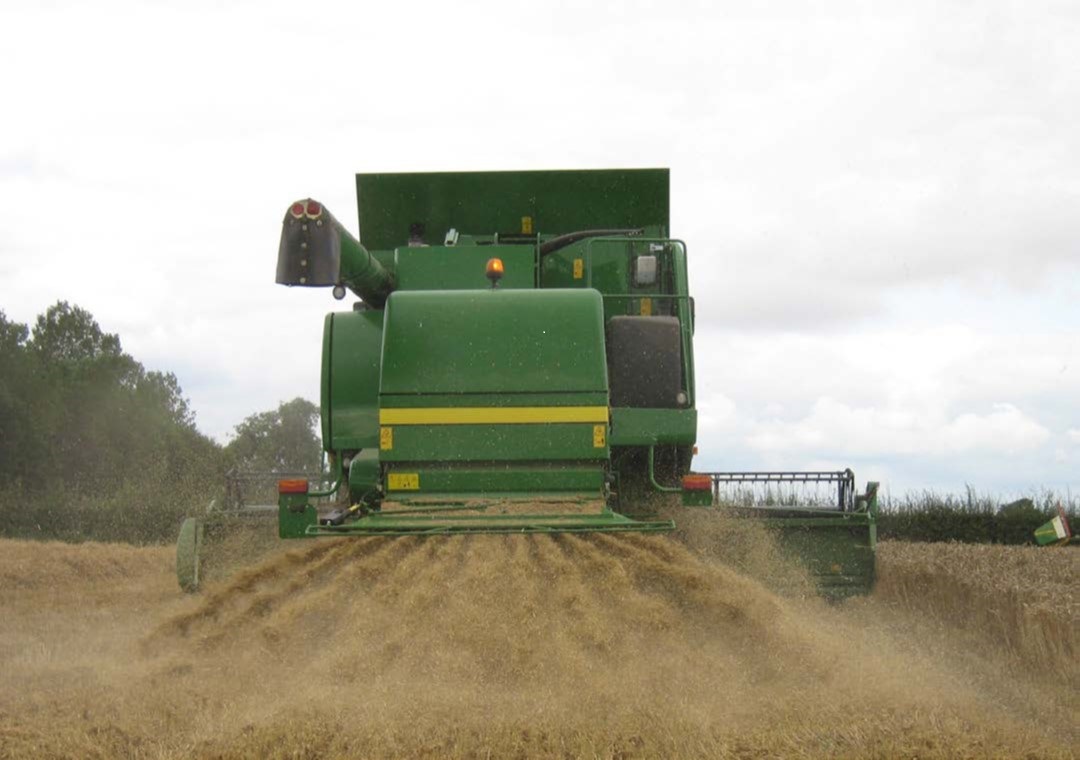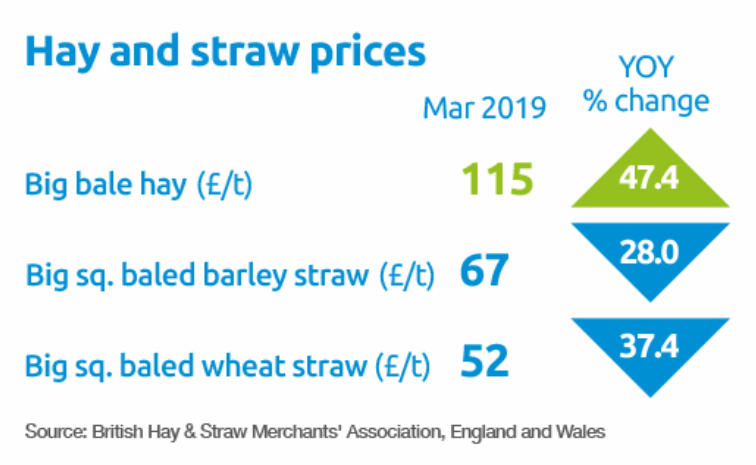Chop or shop: Is it better to incorporate or sell straw?
Monday, 17 June 2019
The pros and cons associated with the decision to incorporate or sell straw are outlined in an updated AHDB publication.
Financial and non-financial aspects are all considered within the publication that aims to help farmers decide on the best straw strategy for their businesses.
Cereal straw has become an increasingly versatile and valuable commodity. Today, straw markets include renewable energy systems, overwinter carrot production and mushroom production. This is in addition to its traditional uses within the livestock sector.
The increase in demand for straw has seen prices respond. In the last decade, big bale straw prices in excess of £40 per tonne have become more frequent. Volatile demand and supply have also caused significant short-term price fluctuations.
At the same time, incentives to chop straw have increased. In particular, many people cite soil health as a reason to incorporate straw. However, if the aim is to maintain or build soil organic matter, the addition of bulky organic materials is usually more effective than straw incorporation, especially where levels are low (<5% organic matter).
However, the physical removal of straw can have detrimental effects on soil health. Bailing straw can increase compaction and the cost of this can be substantial, particularly on medium/heavy soils in wet years.
Harry Henderson, author of the straw publication, said: “Straw removal can increase the risk of compaction. Our research shows that the damage can cost as much as £55/ha to remedy, so it has to be factored in to any cost benefit analysis.”
As incorporating straw returns nutrients to the soil, how to calculate the value of two key nutrients – phosphate and potash – is described in the publication.
Harry said: “The nutrient content of straw is published in the AHDB Nutrient management guide. Our fertiliser price information can be used to work out the cash value of the nutrients in straw relatively easily.
“Compared to the potential income from straw sales, the nutrient values are likely to be relatively low and only matter where soils are deficient for the nutrient in question. However, performing such calculations allow more informed decisions to be made.”
With metaldehyde slug pellets becoming a thing of the past in 2020, management of this key pest will become more of a challenge. With straw residues known to harbour slugs, more farmers may choose to bale straw from their most vulnerable fields.
The ‘Cereal straw – incorporate or sell’ publication covers the key points to consider, whether selling or shredding straw.
Download the publication from ahdb.org.uk/straw
 AHDB
AHDB
Straw prices

From 2010 to 2017, big bale straw prices fluctuated around £42 to £52 per tonne, with a premium for barley straw. In 2018, the 'Beast from the East' saw demand surge, with spring prices topping £100 per tonne. Since then, prices have dropped back. A milder spring in 2019 means straw prices in Q1 of 2019 averaged £67 per tonne for big bale barley straw and £52 per tonne for wheat straw.
Source: AHDB farm costs at a glance
Topics:
Sectors:
Tags:

